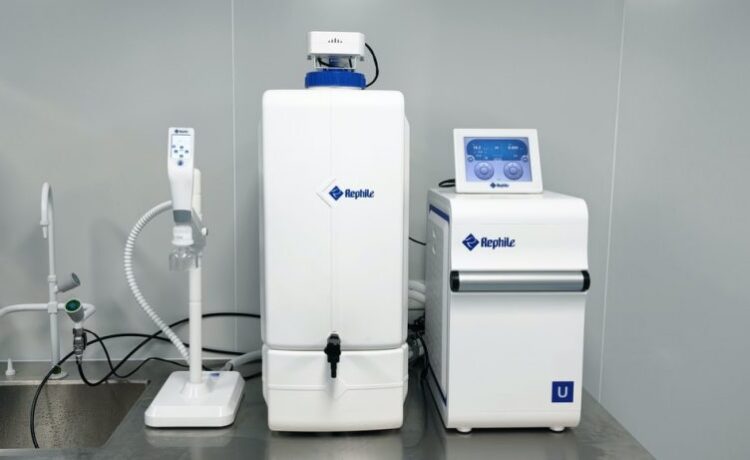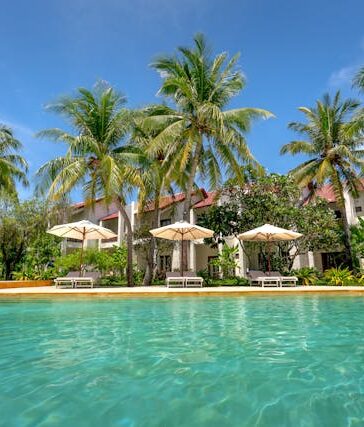There are so many techniques used for water treatment and a technique that has been used for a long time is sand filtration. This is generally not used on its own; you can combine it with other filters such as activated carbon and UV filters.
You can find different grades of sand for filtration in Brisbane according to the standards of Australia. There are different types of sand filters depending on the particle size and flow rate of liquid. The sand will be contained in a concrete, steel or plastic filter. Water will flow from the top of the sand filter to the bottom. The particle size of sand is chosen depending on what contaminant you want to remove from the water. And you can also use different layers of sand with different particle sizes so that you can remove a variety of floating particles from the water. There is a porous layer in the sand bed that ensures filter operation. You will need to replace the sand filter after some time because the particles in the water will collect at the top level of the filter. And this will prevent the water from flowing through the filter easily. There will be more and more pressure required for the water to get through the filter. You can also backwash the sand filter to get rid of the trapped particles in the filter. And this is done by reversing the flow of water.

There are sand filters that are slow and rapid.
In a slow sand filtration system, there will be biological organic material broken down due to the biomass present inside the filter. In a fast sand filter, you will only have the mechanical method for removing particles in the water. However, as there is no biomass, you will be able to backwash the fast filter. This cannot be done with the slow option as you will then lose the biological effect. There are many benefits to using a sand filter and these are actually the first stages used in domestic water filtration systems. You will be able to remove many floating particles from the water along with removing ammonia, iron and magnesium. You will also be able to reduce bacteria to some extent. The filter can be used for a long time and there will not be much maintenance to take care of. It comes with easy removal and easy operation.

Some of the floating materials you can remove from this filter are solid particles, seeds, insects and sludge. Due to biological processes in a slow sand filter, you will be able to remove bacteria and protozoa as well. However, there are some downsides to using a sand filter as well. You will definitely need to treat the water that is disposed and this will be an extra cost. Viruses will not be removed by this system. And if you have a slow sand filter, you will notice that the filters can clog very quickly. And fine particles like dust may not get removed by the filter due to the small particle size. These filters also tend to be quite heavy which can affect transport.














